- 7min
- 48615
- 2 Opinion
Dual-speed motors are a cost-effective choice for applications that only require two speeds, while also lowering the chance of failure. These motors are often constructed with an operational speed and a slower speed for easier starting. Without the need of a frequency converter, dual speed motors may push fans, pumps, hoists, and other machinery at two distinct speeds.
🔰 Invention of Dual Speed-Motor
Dahlander motors (also known as pole changing motors, dual- or two-speed motors) are multispeed induction motors in which the speed is altered by changing the number of poles; this is accomplished by changing the electrical connections inside the motor. Depending on the stator winding, the motor may have a fixed or variable torque. It was created by Robert Dahlander (1870–1935), who was also its creator.
Switching the poles in a motor reduced the speed of the motor, according to Robert Dahlander, a Swedish engineer working for ASEA. He and his co-worker Karl Arvid Lindström were given a patent in 1897 for an electrical design to switch between poles in a motor. The “Dahlander connection” was given to the new connection, and a motor with this arrangement is known as a “pole changing motor” or a “Dahlander motor.”
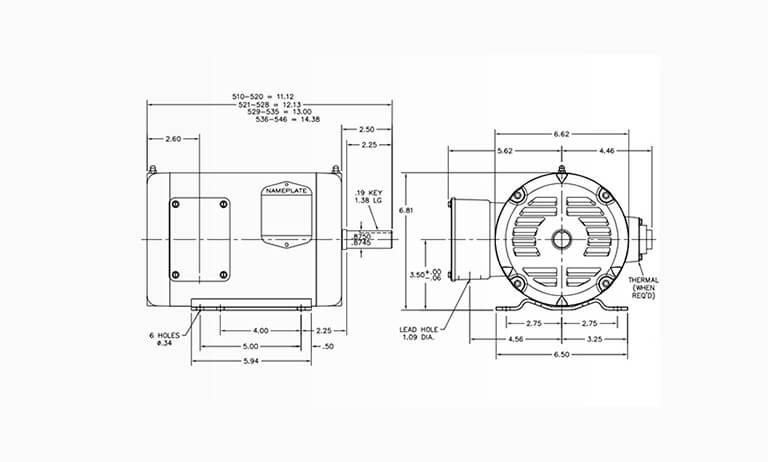
🔰 The Principle of Dual Speed Motors
Dual-speed motors are intended to run at two, occasionally three, consistent speeds that can be switched back and forth. The motor’s relative number of pole pairs determines the speeds. They are a cost-effective alternative to frequency inverters since they may operate at two or three speeds in industrial machinery and systems.
With a two-speed motor, speed and power may be readily adjusted to the application’s needs, resulting in significant energy savings. Power usage and CO2 emissions may both be lowered by reducing the motor speed.
Typical Uses
- Fans
- Blowers
- Machine Tools
- Hoists
- Conveyors
- Pumps
Typical Industries
- Air Handling
- Machine Tool
- Crane and Hoist
- Water and Wastewater
Separate Winding Two Speed Motors
A motor with two windings is designed in such a way that there are actually two motors wound on one stator. One winding, when energized, gives one of the speeds. When the second winding is energized, the motor picks up speed, which is determined by the second winding. A switch directed toward either the high or low speed coil is used in two-speed motors. You, the machinist, are in charge of deciding what speed you want the engine to operate at.
This sort of motor uses coils to create two distinct magnetic fields, resulting in two separate speeds. A two-speed motor with two windings can be used to obtain almost any combination of normal motor speeds, and the two different speeds do not need to be related to each other by a 2: 1 speed ratio. Thus, a two-speed motor requiring 1750 rpm and 1140 rpm would need to be a dual-winding motor.
Two-Speed Three-Phase Motors
There also is another type of motor, which is a two-speed single-winding motor. In this type of motor, there must be a 2: 1 ratio between low and high speed. Two speed single winding motors have a design called series pole. These motors are wound at the same speed, but when the winding is reconnected, the number of magnetic poles in the stator doubles and the motor speed is reduced to half the original speed. According to the DAHLANDER system, these motors are made with a single winding. Depending on the application and requirements, it might be given in two alternative executions:
According to DAHLANDER, windings can be arranged to switch /YY or Y/YY. At the two separate rotation rates, this ensures differing powers and beginning torque ratios. It has a wide range of uses.
Pole-changing windings in two-speed three-phase motors using a single winding
It works with electric motors with a pole ratio of 2:1.
2p=4/2, 1500/3000 rpm
2p=8/4, 750/1500 rpm
2p=12/6, 500/1000 rpm
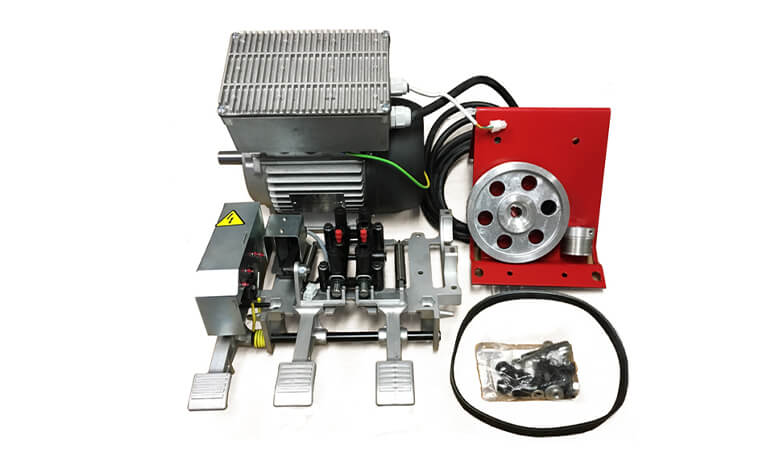
🔰 Advantages and Disadvantages of Dual-Speed Motors
Dahlander motors offer an advantage over other speed control technologies, such as variable frequency drives, in that they lose less power. This is because the motor consumes the majority of the power and no electrical pulse switching is performed. In comparison to other alternative speed control solutions, the system is significantly simpler and easier to operate.
The Dahlander motor, on the other hand, has the disadvantage of rapid mechanical wear and tear as a result of changing speeds in such a drastic ratio; this type of connection also produces high harmonic distortion during pole shifting as the angular distance between the power generated increases as the poles are decreased in the motor; this type of connection also produces high harmonic distortion during the shifting of poles as the angular distance between the power generated increases as the poles are decreased in the motor.
✅ Constant torque
Constant torque loads are loads where the torque requirement is independent of speed. This type of bucket is a common load on devices such as conveyors, positive displacement pumps, extruders, hydraulic pumps, packaging equipment and other similar types of loads.
Related Article: speed motor
✅ Variable Torque
The second type of load, which is very different from constant torque, is the load generated by the engine by centrifugal pumps and blowers. In this case, the load torque requirement changes from a low value at low speed to a very high value at high speed.
📌 Under a typical load with variable torque, doubling the speed will quadruple the torque requirement and the horsepower requirement 8x. Thus, with this type of load, brute force must be applied at high speed, and at low speed, significantly less power and torque is required. A typical two-speed variable torque motor may have 1 horsepower. at 1725 and 25 hp at 850 rpm.
The characteristics of many pumps, fans and blowers are such that reducing the speed to half results in output at a low speed, which can be unacceptable. Thus, many two-speed variable torque motors are manufactured with a speed combination of 1725/1140 rpm. This combination provides approximately half the fan or pump performance when using low speed.
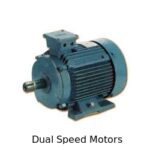
FAQ ❓
What is the operation of a two-speed electric motor?
The two-winding motor is constructed in such a way that two motors are coiled into one stator. When one of the windings is activated, it produces one of the speeds. When the second winding is activated, the motor begins to rotate at the speed set by the second winding.
How many Poles does a 2-speed motor have?
For low speed, there are eight poles; for high speed, there are four poles. By reversing the current through half a phase, the number of poles is doubled.
Conclusion 📜
In comparison to other speed control systems, such as variable frequency drives, dual-speed motors lose less power. This is due to the fact that the motor uses the majority of the power and there is no electrical pulse switching.

Ronix
13 December 2021
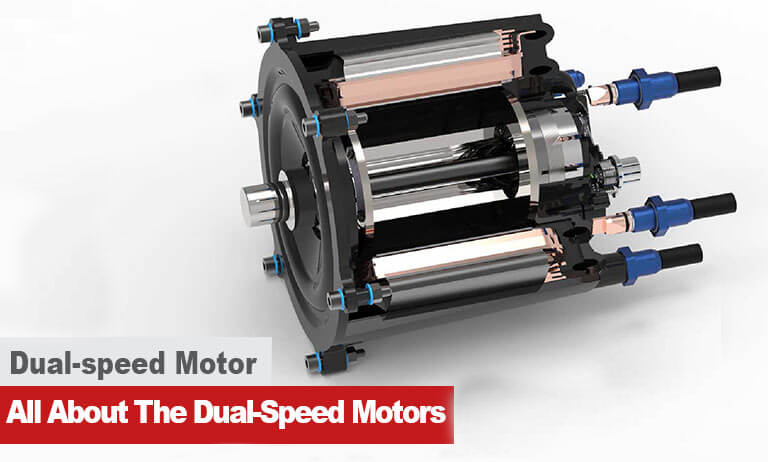



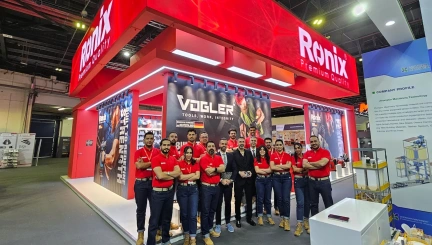


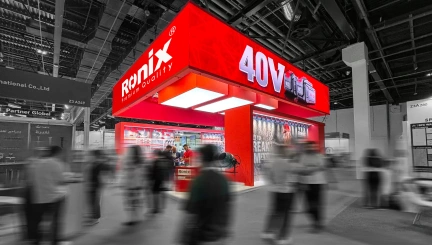


Amazing! This blog looks exactly like my old one! It’s on a entirely different topic but it has pretty much the same layout and design. Great choice of colors!
I believe this web site has got very good indited subject matter posts.